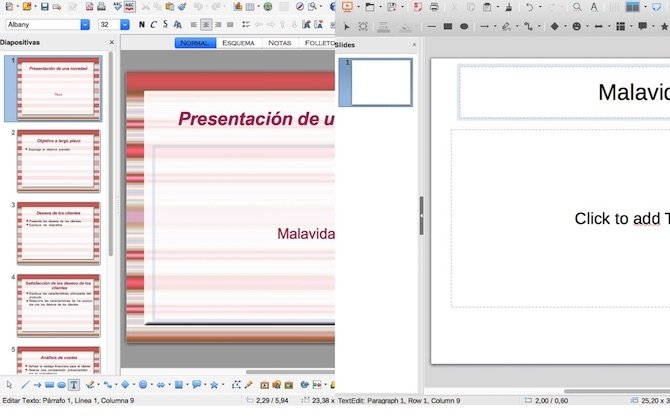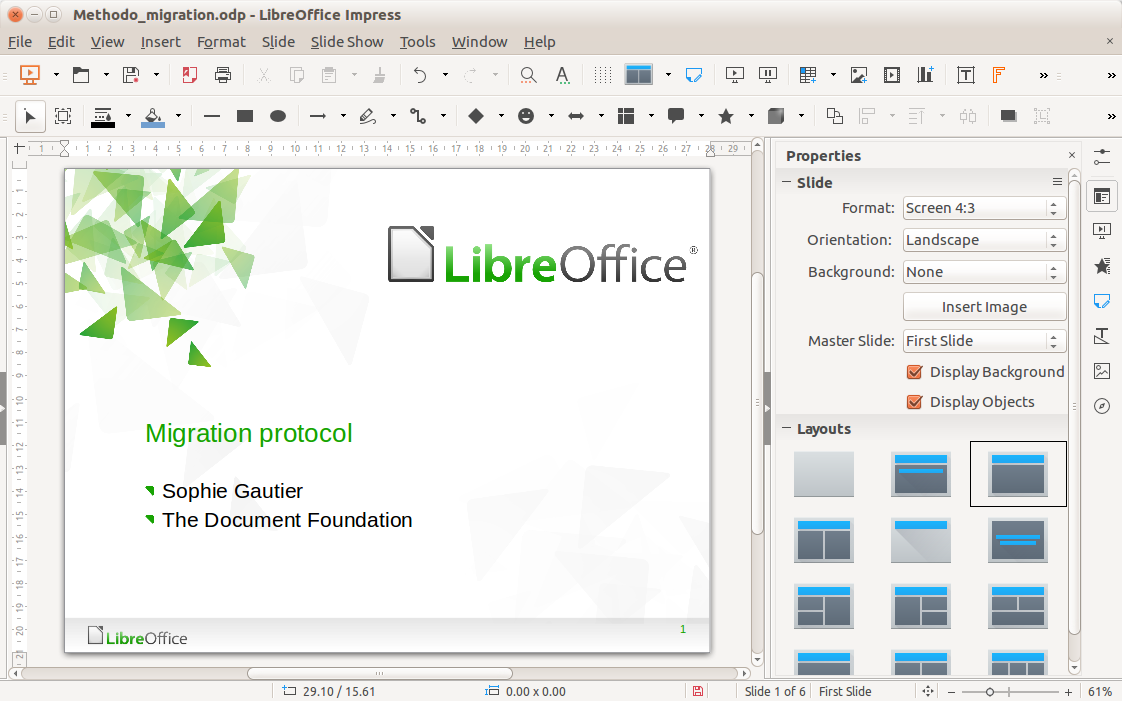

Since its native formats are incompatible with them, ONLYOFFICE automatically converts ODF to OOXML when opening such files, later you can save them as ODF (but having in mind that it would mean double conversion). So, if you look at a doc as a set of objects, ONLYOFFICE’s object models corresponds to OOXML specifications, while Libre’s object model corresponds to ODF’s ones.
It means that all the objects present in ONLYOFFICE are created strictly according to MS Office format specs. ONLYOFFICE was made for working with docx, xlsx and pptx, and has maximum MS Office compatibility (of all existing office suites). ONLYOFFICE for OOXML, LibreOffice for ODF So, choose what you are going to use more (or what formats are customary for your organization and your partners) and then download the most suitable office apps. We suggest you just decide considering two things:Īs we have already said the format families are incompatible. It is just the distribution model.Īre we trying to talk you into using OOXML? No way! We are just saying that it is more widely spread which may have nothing to do with your personal preferences. Text filetype:odt = 28 100 documents found.ĭoes it mean that OOXML is better than ODF? Not necessarily. Text filetype:docx = 1 020 000 documents found. He filetype search experiment also proves the point.ġ filetype:docx = 14 400 000 documents found.ġ filetype:odt = 388 000 documents found. Google Trends service, for instance, shows us that docx is being googled way more often than odt. Moreover, the majority of organizations has closed document circulation, so we’ll never know anything about their documentation. No scientific survey was conveyed to proved that OOXML is more widely used than ODF. The old files still exist in binary formats, but OOXML is catching up quickly.

But putting aside the moral aspects of their monopolistic approach, we have to say they were brilliant and also put much time and effort in their document editors.Įven with such alternatives as OpenOffice (back then) and LibreOffice (now), Microsoft Office stays the most popular office suite in the world and the majority of office docs ever created was saved in Microsoft formats. Note that the word ‘open’ here did not mean being open source because the formats were protected by Microsoft patents. In 2007 Microsoft launched a new version of their Office that by default saved documents in the newly created OOXML (Office Open XML) formats – docx, xlsx, pptx. Even Microsoft tech guys saw that and took the idea. The abbreviation stands for Open Document formats, and the word ‘open’ here reveals their open source nature and that they could be used without restrictions. Luckily, the Jedi knights from open source community created an alternative – new XML-based formats called ODF. They were strictly closed so that Microsoft could maintain a monopoly. Once all of the office formats were binary. Here’s a quick primer on office software history.


 0 kommentar(er)
0 kommentar(er)
